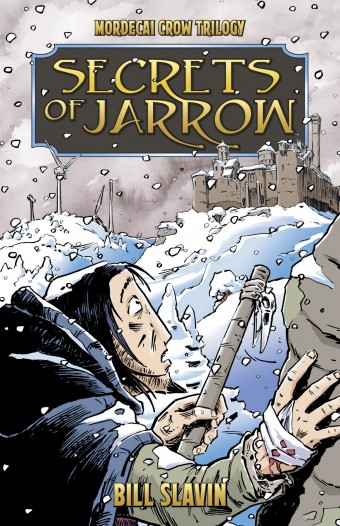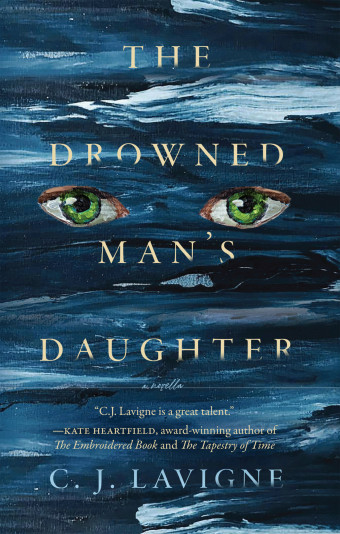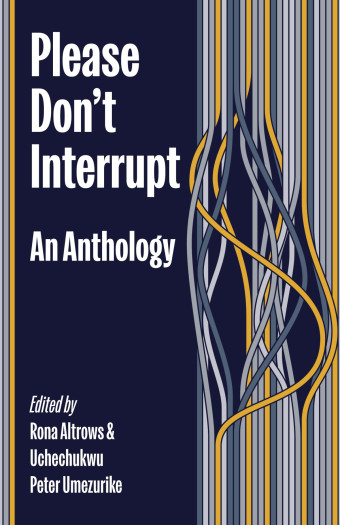As humanity faces climate change, we’ll certainly need the resources of the information age to survive it. But what if those resources weren’t available? What if electronic records were as fragmented and incomprehensible to future generations as hieroglyphics?

- Secrets of Jarrow
- Bill Slavin
- Renegade Arts Entertainment
- $21.99 Paperback, 128 pages
- ISBN: 978-19-89754-26-9
Award-winning Ontario writer-artist Bill Slavin explores these questions in his new graphic novel, Secrets of Jarrow.
In the early 22nd century, tech scavenger Mordecai Crow barely escapes a group of bandits by reaching Jarrow, a castle-like community wealthy in food. Rare in a world ravaged by climate change, it’s one of the mysteries Crow tries to unravel as he works with Jarrow’s archivists.
Unfortunately for Crow – and society – most digital information we take for granted has been lost. “I think we are destined to become the most documented, and least remembered, generation to inhabit the Earth in a long time,” Slavin says.
Crow helps restore old devices and navigate ancient file formats to uncover information. Meanwhile, the murder of one of Jarrow’s food experts – central to its dominance of the local economy – is pinned on Crow. How and why this happened are two questions he must solve before the real culprit kills him too.
Slavin says part of the inspiration for a post-digital world came from a real-life power outage he experienced. Though he saw people pulling together, he says, “I honestly think we would go tribal pretty fast, but I also think like-minded people would find ways to survive and continue in small groups, like the cloistered inhabitants of Jarrow.”
Better known as a book illustrator, Slavin is no stranger to graphic novels, having written the Elephants Never Forget series for children, about a circus elephant Otto’s adventures in the city. He also drew one-page Great Moments in Science strips for Know Magazine.

Jarrow, however, the first of a trilogy about Crow’s search for his birth family, presented different challenges.
“Whereas Otto was more of a comedic romp, Secrets of Jarrow, written for an adult audience, probably has a bit more meat on its bones,” says Slavin. “The future world of the Crow books gives my imagination free rein as I imagine a world in decay. That suits my own temperament as, visually, I love to draw old buildings and ruins and things that are about to fall down.”
Combining cli-fi with a whodunnit allowed him to explore questions of technology dependency and climate change. “I really liked the idea of trying to tell Crow’s story in the context of a mystery,” he says.
“In a large part, it provided me with the framework to introduce Crow and his own story while moving the narrative forward. But what has happened to the world that he inhabits is an important part of the story too, and I found that the archives of Jarrow provided a great venue for him to dig up the past.”
Does Slavin think humanity is doomed? Not necessarily. “At the end of the day, human-caused climate change is a natural phenomenon as much as a meteor hitting the Earth,” he says. “We just happen to be the meteor.
“But I believe that as humans our unwillingness to change is only matched by our capacity to adapt to crisis. So I put my hope in that.”













